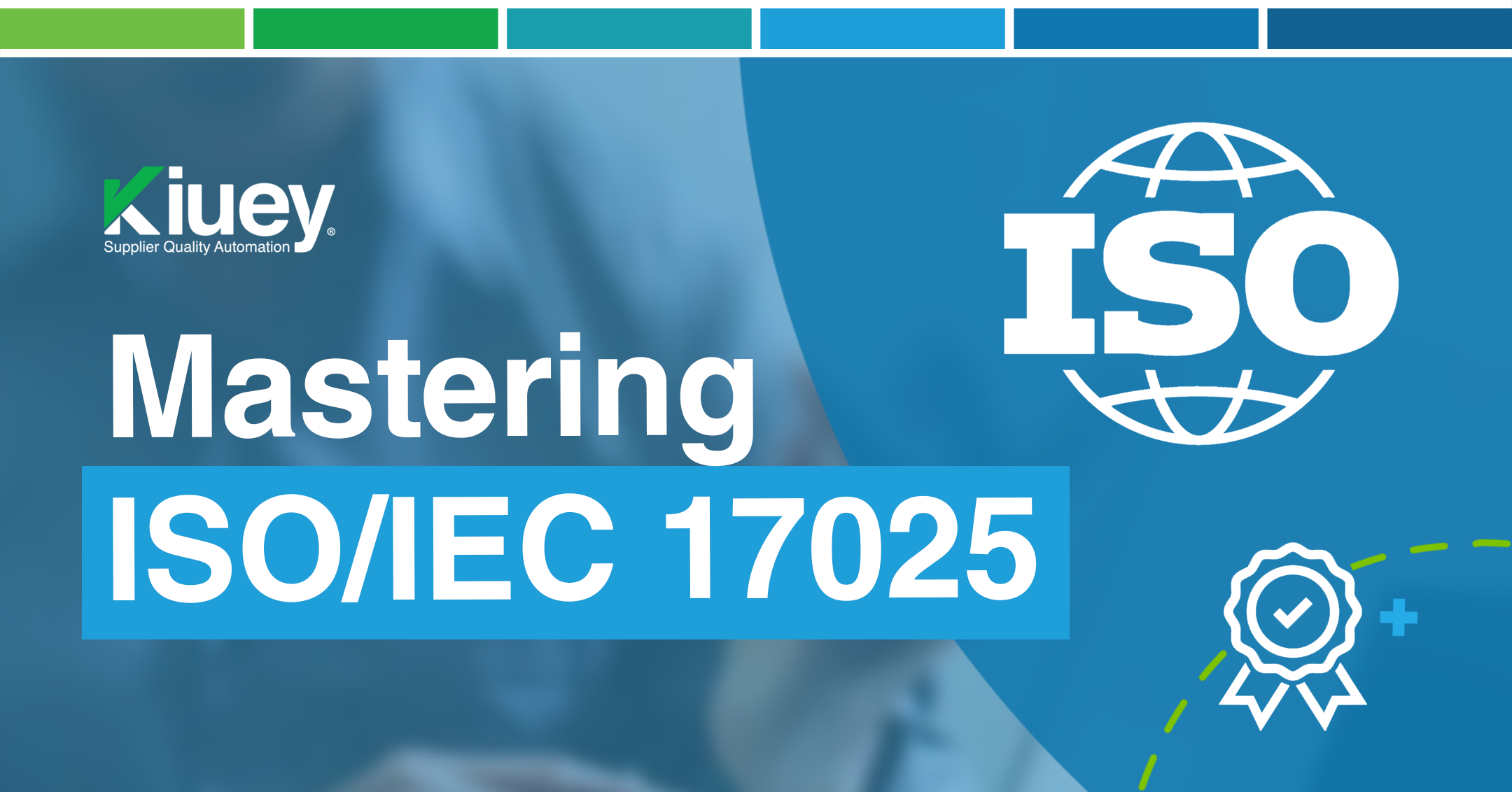Mastering ISO/IEC 17025
Product manufacturers, testing labs, and calibration labs often prioritize reducing risk and ensuring accurate measurements by calibrating their measuring and test equipment (M&TE). This involves obtaining a calibration certificate, a document that attests to the equipment’s accuracy. However, many overlook the importance of thoroughly reviewing these certificates.
Understanding ISO/IEC 17025 Calibration Certificates
An ISO/IEC 17025 calibration certificate is a technical record that provides crucial information about the equipment’s calibration process. By understanding the key components of an ISO/IEC 17025 certificate, you can make informed decisions about your M&TE and mitigate potential risks.
Key Components of an ISO/IEC 17025 Calibration Certificate
- Title: This clearly identifies the document as a calibration certificate.
- Laboratory Information: This includes the name, address, and contact information of the ISO/IEC 17025 accredited calibration laboratory.
- Unique Identifier: A unique number or code that distinguishes this specific calibration from others.
- Customer Information: The name and contact information of the equipment owner.
- Calibration Method: The specific method used to calibrate the equipment, often referenced to a recognized standard or the laboratory’s own documented procedure.
- Equipment Description: A detailed description of the equipment, including its model number and serial number.
- Calibration Dates: The dates when the equipment was received for calibration and the dates when the calibration was performed.
- Calibration Results: The actual measurements taken during the calibration process, along with their units of measurement.
- Measurement Uncertainty: A quantitative estimate of the uncertainty associated with the measurement results, calculated in accordance with the Guide to the Expression of Uncertainty in Measurement (GUM).
- Traceability Statement: A declaration that the calibration results are traceable to national or international standards, typically through a recognized National Metrology Institute (NMI) like NIST.
- Environmental Conditions: The environmental conditions under which the calibration was performed, such as temperature, humidity, and pressure.
- Adjustments and Repairs: Any adjustments or repairs made to the equipment during the calibration process.
- Conformity Statement: A statement indicating whether the equipment conforms to specific standards or specifications.
- Authorizing Signature: The signature of the person authorized to sign the certificate.
The Importance of Measurement Uncertainty in ISO/IEC 17025 Certificates
Measurement uncertainty is a critical aspect of calibration. It quantifies the range of values within which the true value of a measurement lies. By understanding the measurement uncertainty associated with your M&TE, you can make informed decisions about the accuracy and reliability of your measurement results.
Going Beyond the Basics
While the above components are essential, a deeper understanding of ISO/IEC 17025 calibration certificates involves more than just checking off a list. It’s crucial to consider the following:
- Review the Certificate Thoroughly: Take the time to read the entire certificate, paying close attention to the details.
- Understand the Measurement Uncertainty: Ensure that you understand the concept of measurement uncertainty and how it applies to your specific equipment.
- Evaluate the Calibration Method: Verify that the calibration method used is appropriate for your equipment and your specific needs.
- Consider Environmental Conditions: Take into account the environmental conditions under which the calibration was performed and how they may affect the equipment’s performance.
- Assess the Calibration Interval: Determine the appropriate calibration interval for your equipment based on its usage and the manufacturer’s recommendations.
By taking these steps, you can ensure that your M&TE is calibrated correctly and that your measurement results are accurate and reliable. Remember, a thorough understanding of your ISO/IEC 17025 calibration certificates is key to maintaining product quality and reducing risk.
Subscribe to our newsletter.
Your go-to destination for insights, best practices, and innovative solutions in supplier quality assurance.





